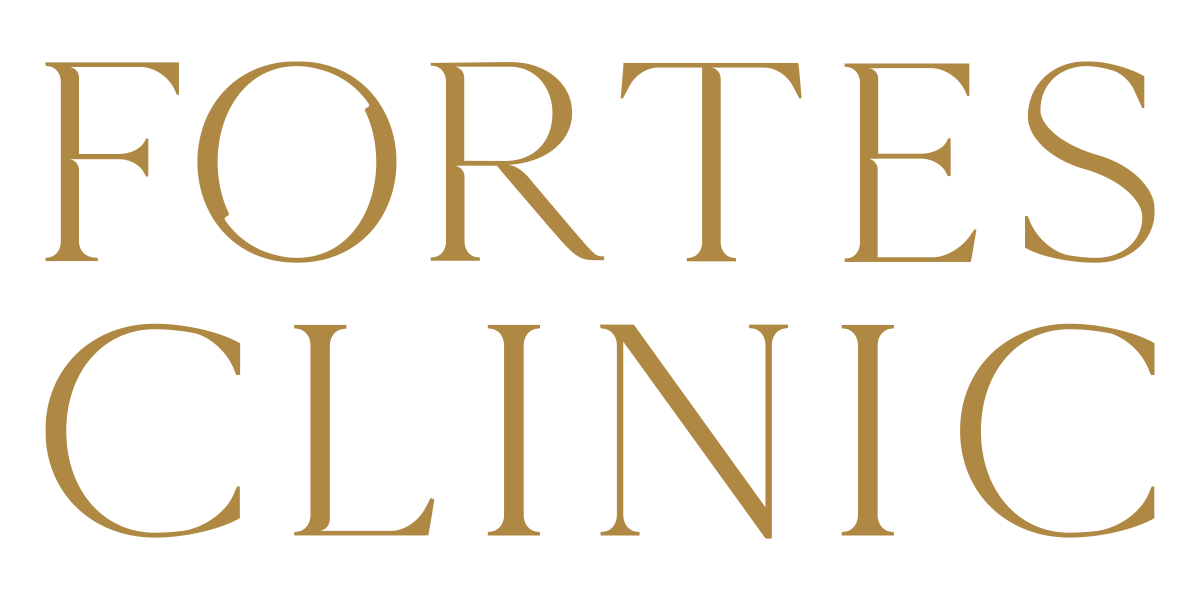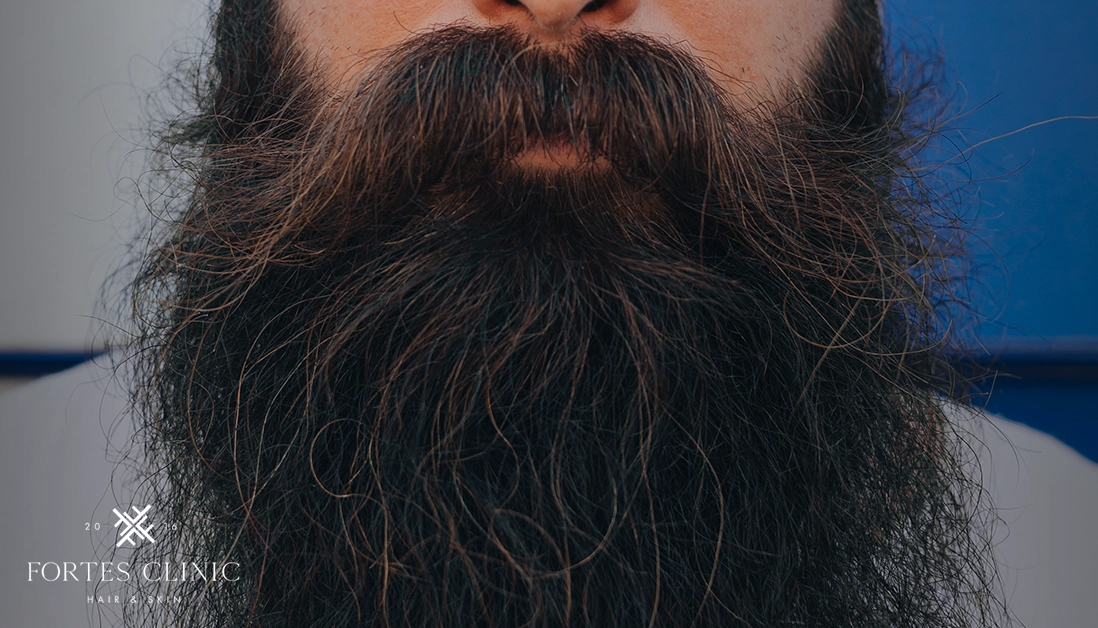In a world where beards symbolise masculinity and style, not every man is blessed with a naturally full and luscious beard. If you’ve struggled with patchy or thin facial hair, you’re not alone. Many men are turning to a solution that can help them achieve the beard of their dreams – a beard transplant.
In this comprehensive guide, we will take you on an in-depth journey through the intricate process of beard transplantation. From understanding the underlying causes of beard hair loss to the procedure itself, post-transplant care, and everything in between, we’ll leave no stone unturned. So, grab a cup of coffee, get comfortable, and let’s dive into the fascinating world of beard transplants.
Understanding the Basics of Beard Transplant
What Causes Beard Hair Loss?
Genetics and Hormonal Factors
Let’s start with the genetics of it all. Some men are genetically predisposed to have a thinner beard or even facial hair that doesn’t grow evenly. Hormonal imbalances can also play a significant role in beard hair loss. Understanding these factors is crucial before considering a beard transplant.
Medical Conditions and Medications
Certain medical conditions, such as alopecia areata, can lead to beard hair loss. Additionally, medications like chemotherapy drugs can affect hair growth. If you have any medical conditions or take medications, it’s essential to discuss them with your surgeon.
Trauma and Scarring
Accidents, burns, or surgical procedures on your face can result in scarring that affects beard growth. Trauma-induced hair loss is a common reason why some men opt for beard transplants.
Are You a Candidate for a Beard Transplant?
Before you get too excited about the prospect of a fuller beard, let’s determine if you’re a suitable candidate for a beard transplant. Not everyone is an ideal candidate, and it’s crucial to have realistic expectations about the results.
Assessing Your Eligibility
Your eligibility for a beard transplant depends on various factors, including your overall health, the availability of donor hair, and the extent of hair loss.
During a consultation with a specialist, these factors will be evaluated.
Expectations and Realistic Goals
It’s essential to set realistic goals for your beard transplant. While the procedure can work wonders, it’s not a magic solution that will turn you into a lumberjack overnight. Discuss your expectations with your surgeon to ensure they align with what’s achievable.
The Beard Transplant Procedure
Preparing for Your Beard Transplant
Consultation with a Specialist
Your journey begins with a consultation with a qualified beard transplant specialist. This meeting is crucial for discussing your goals, concerns, and expectations. The surgeon will examine your beard and donor area to determine the feasibility of the procedure.
Pre-operative Instructions
Before the big day, you’ll receive a set of pre-operative instructions from a Fortes clinician. These guidelines will help you prepare for the surgery and ensure the best possible outcome. Following these instructions diligently is essential.
The Day of the Procedure
Anaesthesia Options
On the day of your beard transplant, you’ll have a choice of anaesthesia options, which may include local or general anaesthesia, depending on your preference and the surgeon’s recommendation.
Harvesting Donor Hair
The first step of the procedure involves harvesting donor hair from a suitable area of your body, typically the back of your head. The surgeon will carefully remove individual hair follicles for transplantation.
Making Incisions in the Recipient Area
Once the donor hair is harvested, the surgeon will make tiny incisions in the recipient area of your face. These incisions are strategically placed to mimic the natural direction and angle of beard hair growth.
Implanting the Hair
Graft Placement Techniques
The success of your beard transplant largely depends on the technique used for graft placement. A skilled surgeon will ensure that the transplanted hair follicles are implanted at the correct angle and depth, resulting in a natural look.
Duration of the Procedure
The duration of the beard transplant procedure can vary depending on the extent of the transplant. While some procedures may take a few hours, more extensive transplants can take longer. Your surgeon will provide you with an estimated timeline.
Post-Transplant Care
Recovery Timeline
Recovery is a crucial phase of your beard transplant journey. Expect some initial hair shedding in the weeks following the procedure; this is entirely normal. Over time, new hair will start to grow, gradually making your beard denser.
Managing Discomfort and Swelling
You may experience some discomfort and swelling in the days following your transplant. Your surgeon will provide instructions on how to manage these symptoms and ensure a smooth recovery.
Post-operative Instructions
Following post-operative instructions is vital for a successful outcome. Your surgeon will provide a detailed list of dos and don’ts, including guidelines for washing and grooming your new beard.
Beard Transplant Results and Expectations
What to Expect After the Procedure
Initial Hair Shedding
Don’t be alarmed if you notice some of the transplanted hair falling out shortly after the procedure. This is part of the natural hair growth cycle, and new hair will replace it.
Growth Timeline
Beard growth after a transplant is a gradual process. You’ll start to see new hair growth in the months following the procedure. Patience is key, as it can take several months to achieve your desired beard density.
Achieving Your Desired Beard Style
Styling and Maintenance Tips
Once your beard starts to grow in, you can begin shaping and styling it to your liking. Beard grooming is an art, and with the right products and techniques, you can maintain a well-groomed and stylish beard.
Beard Grooming Products
Explore the world of beard grooming products, including beard oils, balms, and combs. These products can help you keep your beard healthy, soft, and free of tangles.
Risks and Considerations
Possible Complications
Infection and Scarring
Like any surgical procedure, beard transplants carry some risks. Infection and scarring are possible but can be minimised by choosing a qualified surgeon and following post-operative care instructions diligently.
Unnatural Appearance
Improper graft placement or inadequate donor hair can result in an unnatural appearance. This is why selecting an experienced and skilled surgeon is crucial to achieving a natural-looking beard.
Numbness and Sensation Changes
Some patients may experience temporary numbness or sensation changes in the recipient area. These side effects usually resolve over time but should be discussed with your surgeon.
Cost and Financing
Factors Influencing Beard Transplant Cost
The cost of a beard transplant can vary based on factors such as the extent of the transplant and the location of the clinic. It’s essential to discuss the cost with your surgeon during the consultation.
Choosing the Right Surgeon
Researching Beard Transplant Surgeons
Qualifications and Credentials
When researching potential surgeons, it’s essential to look for qualifications and credentials. Ensure that the surgeon is board-certified and has experience in performing beard transplants.
Patient Reviews and Testimonials
Reading patient reviews and testimonials can provide valuable insights into the surgeon’s track record. Look for before-and-after photos to assess the quality of their work.
Consultation Questions
Prepare a list of questions to ask during your consultation with potential beard transplant surgeons. This meeting is your opportunity to gather information and make an informed decision about your procedure.
Consultation and Decision
Discussing Your Goals
During your consultation, openly discuss your beard goals and expectations with the surgeon. Be clear about the look you want to achieve, whether it’s a full beard, a well-defined jawline, or a specific style.
Customising the Treatment Plan
A skilled surgeon will customise a treatment plan tailored to your unique needs. They will consider factors such as the extent of your hair loss, the availability of donor hair, and your desired beard style. The treatment plan should align with your goals and expectations.
Making an Informed Decision
Take your time to evaluate the information gathered during your consultations with different surgeons. Assess their qualifications, the quality of their work, and their ability to address your concerns. Ultimately, choose a surgeon who instills confidence and aligns with your vision for your beard.



